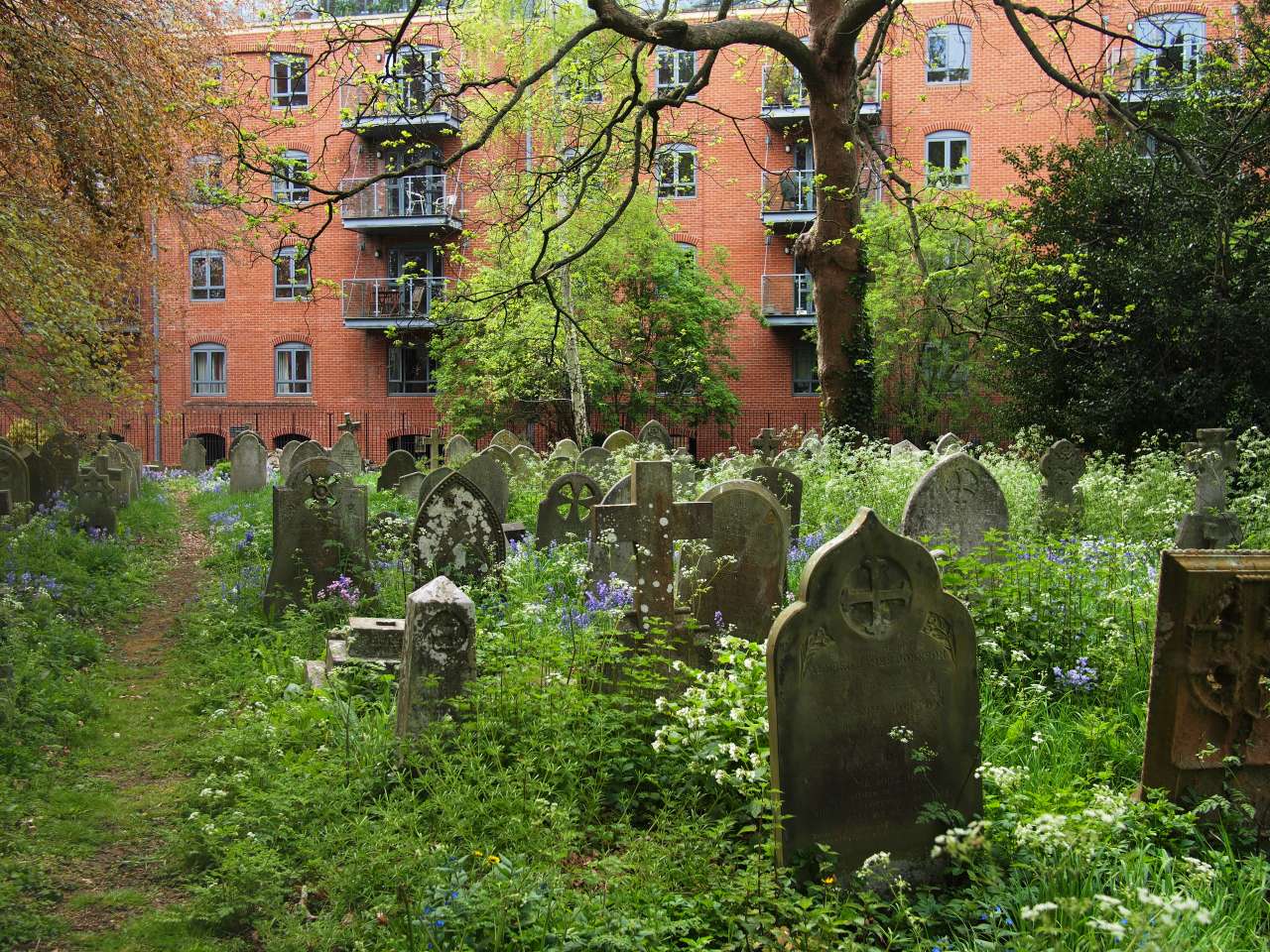From ashes to ashes, dust to dust

Photo: Kathrine Torday Gulden.
Norwegian graveyards are filling up, and many need to expand. Researchers are currently investigating the soil conditions in these new areas to ensure that the contents of the coffins will decompose naturally, something which is not the case everywhere.
Inghild Økland is a paleontologist and soil scientist. She says that the problem regarding inadequate decomposition most often occurs when the soil retains water and uses up oxygen.
“Without oxygen, there is no bacterial life in the soil to ensure the decomposition of organic material,” she explains.
A grave in soil that does not facilitate decomposition, can entail that the contents potentially can remain unchanged for an extremely long time, much longer than the 20 years indicated by the preservation period.
When Økland and her colleagues go about to find out whether the soil conditions are ideal for a graveyard or not, they first excavate soil profiles in the study areas. They then describe all the layers in the soil profile and look at a number of properties associated with preservation or decomposition, seen in relation to the most likely penetration of water through the soil.
“If we find very stiff and dense clay soil with residual plant roots and other organic matter, it’s a sure sign that decomposition is not taking place to any great degree, which means that the soil is unfit for a graveyard. Similarly, if the soil profile is very wet after precipitation, drainage conditions may be inferior,” Økland explains.
Once the soil layers have been studied and the soil profiles analyzed, the researchers recommend measures.
“These can include everything from mixing sand into the compact soil to increase its drainage capacity, to raising the ground level, basically leaving the unsuitable soil where it is and spreading new soil over the top,” says Økland.
Contacts

Contacts

